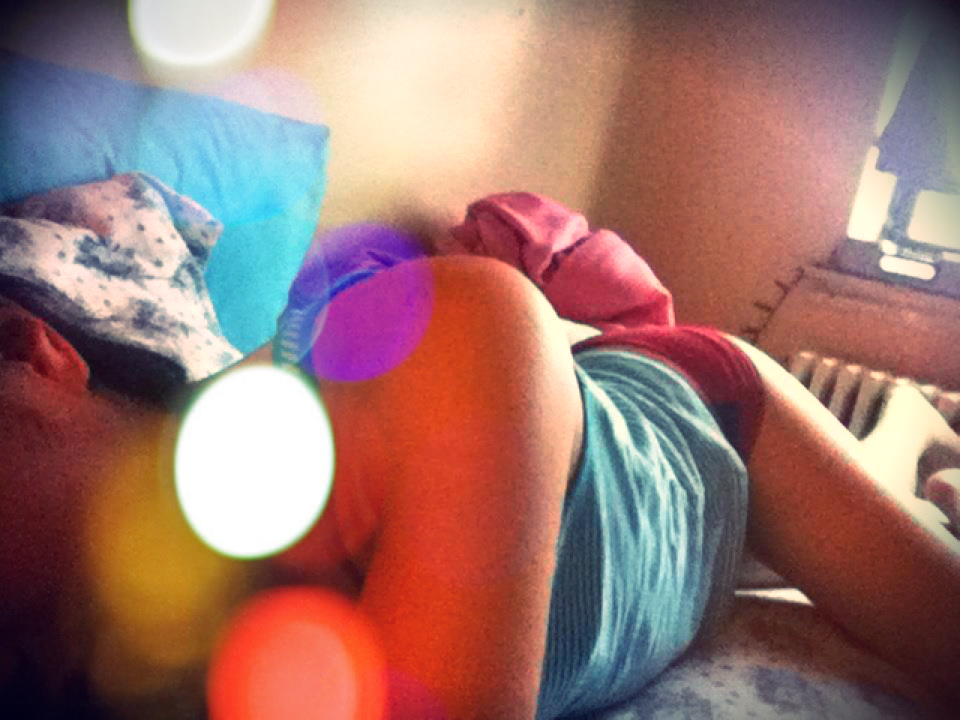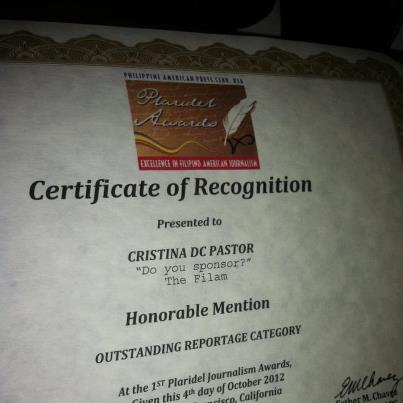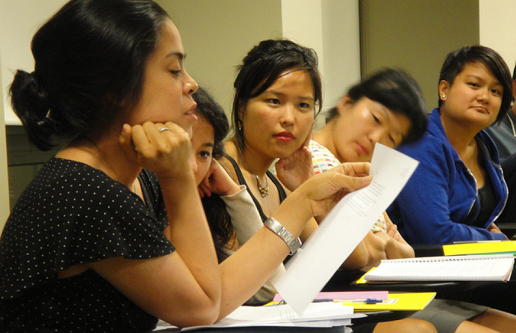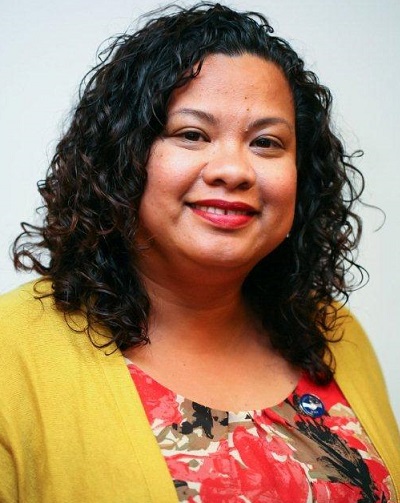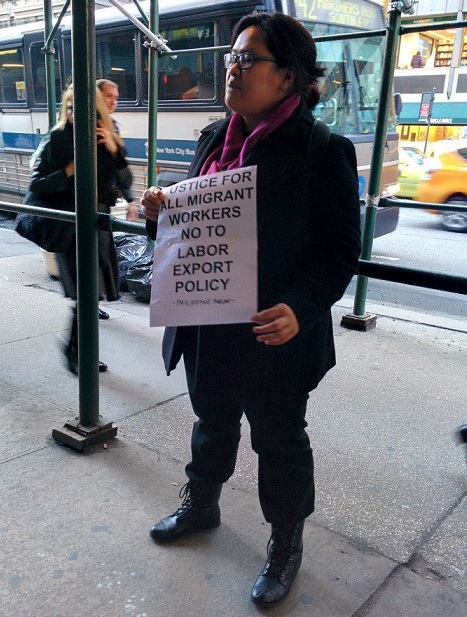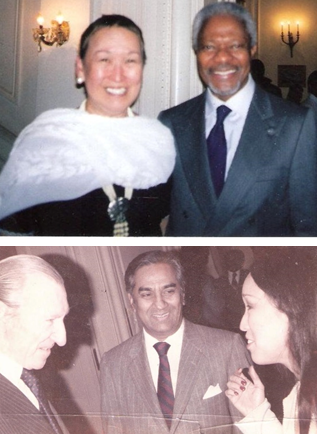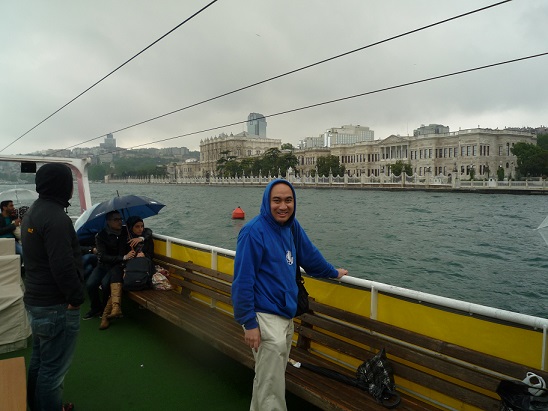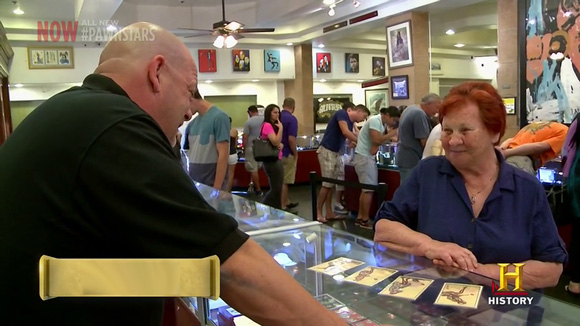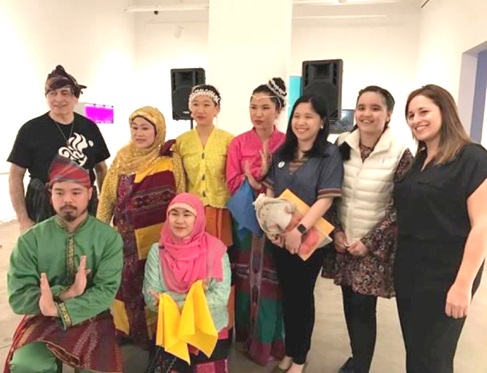On FilAm History Month, Duterte’s polarizing politics ignites questions on identity, loyalty
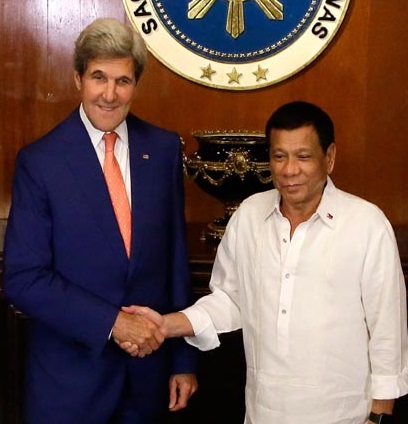
President Rodrigo Duterte welcomes U.S. Secretary of State John Kerry to Manila in July 2016. Malacanang photo
At a time when Filipino Americans are commemorating two milestones – 70 years of Philippine-U.S. diplomatic relations and Filipino American History Month (FAHM) in October — some FilAms find themselves in reflective mode, asking who they are, where they ought to be and to which country they truly belong.
It all began when Davao Mayor Rodrigo Duterte was elected president of the Philippines in May. The new leader quickly distanced the country from its long-time ally and major trading partner. First, he insulted U.S. Ambassador to Manila Philip Goldberg by calling him a “gay son of a whore” because he criticized Duterte’s remark about the rape of an Australian woman. Duterte also threatened President Obama not to raise the issue of human rights during their meeting in Asean or else he would embarrass him and put him in his place.
Like a blinding blizzard in winter, Duterte swiftly piled up more anti-U.S. sentiments. He called out the U.S. for committing atrocities against Filipinos during a war that ran from 1898 to 1901. He lambasted American leaders as “hypocrites,” and criticized the American people for being “loud and discourteous.” During a state visit to China, he upped the ante and announced the Philippines’ “separation” from the U.S.
“China, Philippines, Russia against the world. America has lost,” he declared.
The state of alarm and bewilderment rankles some in the FilAm community wondering if the Philippine leader is truly driven to pursue a more independent foreign policy that is less dependent on the U.S., or if he is just sick in the head. Why is he picking a fight with a country that has, generally speaking, offered a sanctuary to 4 million Filipino immigrants when they attempted to escape poverty, fled political violence, or who simply wanted an opportunity to have a better life?
A segment of the community believes Duterte is on the right path, holding the U.S. accountable for unfulfilled promises to Manila. He means well, the Philippines is safer now because of his take-no-prisoners approach to fighting drugs, and all that crass language coming out of his mouth is calculated to make him look like the leader they say the Philippines never had.
The opposite view thinks Duterte is arrogant, uncouth, does not understand policy and diplomacy, disrespects women, and has the makings of a dictator. He is being called the “Donald Trump of the East” precisely for the glaring parallels between him and the GOP presidential candidate.
Filipino Americans, already factionalized based on immigration and socio-economic status, education, politics, gender, religion, age, regional roots, East Coast vs West Coast, and other imagined reasons, are further fragmented by Duterte’s polarizing politics. There is now a widening chasm in the community where groups of people are either fanatic Dutertards or clueless Yellowtards for being followers of Mar Roxas and the Aquino family.
Insults are flying on Facebook. Friendships are being tested. Ridiculous put-downs are thrown at each other: Anti-Duterte FilAms remain shackled to colonial ideas versus pro-Duterte FilAms have no place in the U.S.
As we celebrate Filipino American History Month, we ask ourselves: Why do we, in the Motherland as well as in the Diaspora, remain hopelessly divided as a people? Five FilAms meet in a bar, form seven political parties. That’s why.

